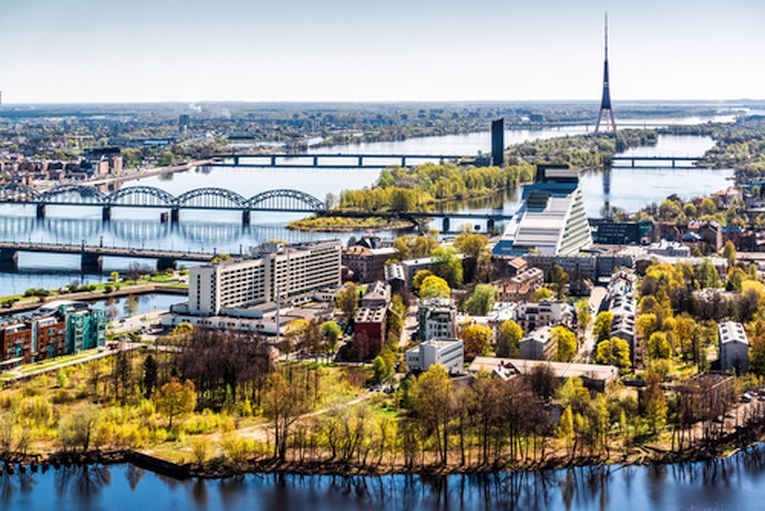In Riga, in Latvia, the European Commission have noted the PM10 (particles of a size greater than 10 micrometres) levels off particulate matter affecting air quality (and health.) While London and Paris are also heavily affected by traffic pollutants such as nitrogen oxides and both types of recorded particulates, much of the world needs a rethink on vehicle regulation in urban areas.
Particles in the air are now highly regulated in industrialised nations. Riga and the rest of Europe must not exceed 50 micrograms per cubic metre of the large PM10 particles for more than 10% of the year. The Chinese, who suffer badly from particulates, have a limit for PM10 that is 3X higher, possibly because that target is reachable.
PM2.5 particles (the smaller regulated pollutants) are regarded as even more dangerous to health. New regulations in Europe will take effect in 2015. It isn't simply the child or the old person who is affected. For building workers or those subjected to city traffic fumes, (such as cyclists!), young healthy individuals are being heavily affected. The incidence of heart attack and the increase in lung cancers is estimated often as being as high as 20% increase for every 10 microgram increase in PM10 levels. PM10 is now classed as a Group 1 carcinogen.
Possibly activated by such knowledge, people are now using apps for their phones that help track ozone, carbon and other levels in the air they currently breathe. The Airprobe connects via Bluetooth, so several pieces of equipment could be integrated with your personal health investigation!
In Lanzhou, a great city in Gansu province, China has a good example of recovery from those awful pollutions from coal industries (and even forest burning) we have reported recently (in 2009) over Asia. In August it was announced that the heavy chemical industries' emissions, polluting the lengthy Huang He (Yellow River) and the air have been reined in and for 2 years, coal burning stoves have been regularly replaced with gas alternatives. 13 industries simply had to be closed down, while winter pollution, which is extra intensive, has been cut by suspending 2000 factories for the season.
The obvious solution to the Chinese authorities was shifting the problem to someone else's doorstep by moving 78 factories out to the city's industrial "park.". Cars, too have been fitted with catalytic converters and the citizens given thousands of jobs throughout the 1482 districts of Lanzhou o test their air. The result has been 299 days with good or better air in the enclosed valley containing the city. That is 57 days more than in 2001, leaving a thousand more Chinese cities ready to adopt strategies to improve their own air. Lanzhou's 62-year-old Zhang Yucan has the quote of the year with, "I could rarely see the mountains clearly due to the heavy pollution, but now people can do morning exercises in a clean environment." More on the "transformation" in the - China News.
If you can't remember our works on pollution and particulates particularly, look in on City dwellers and pollution.










